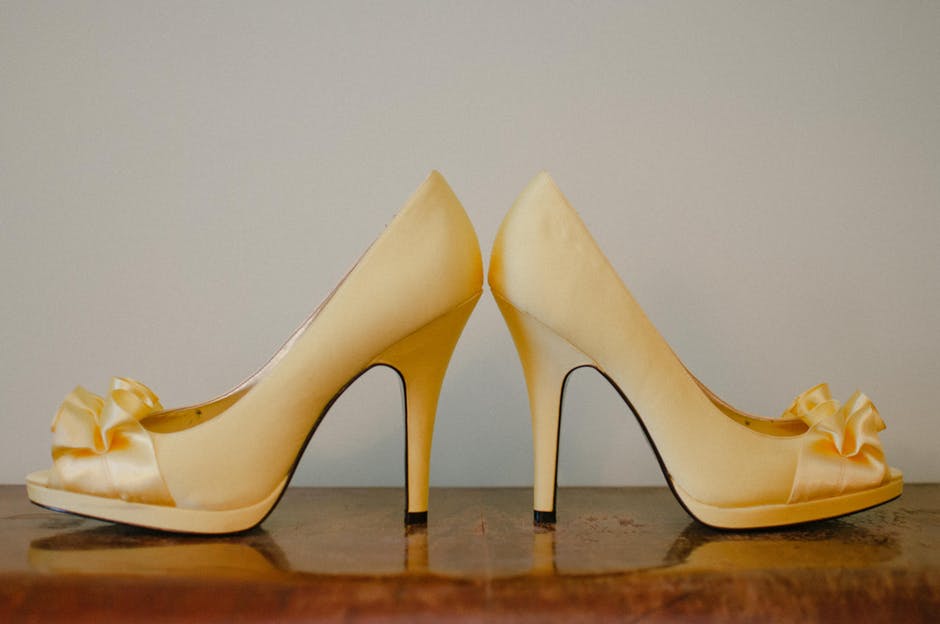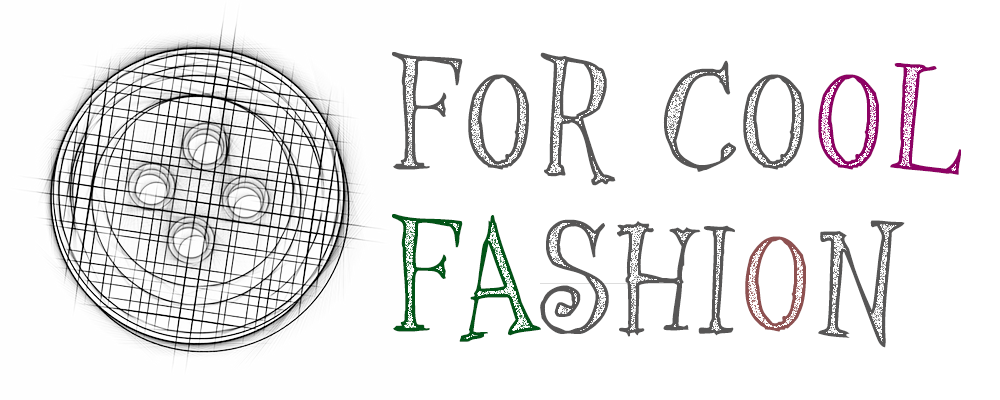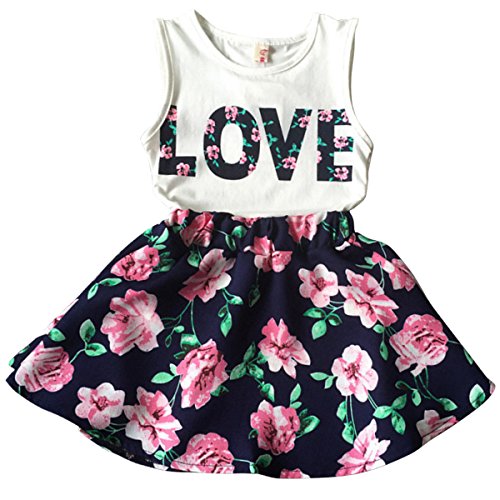| Disclosure: The links on this page are "Affiliate Links" and while these are shown at no costs to our viewers, they generate commissions for our website(s) |
The Case Against High Heels
I have a confession to make: I never, ever learned to walk well in high heels, at least not in thin ones. Essentially, no matter what I wear, my wardrobe options are limited to booted heels (with impressively thick heels) or heels that are only so high and only so thin. Otherwise, I would be like a wobbly baby calf just learning to walk.

Here’s another confession: I don’t feel like I missed out on too much by not training myself to walk in those contraptions, and the beginning reason for me being okay enough with the prospect to not force myself into growing comfortable with the process started with comfort. Even when I’d wear those not too high, not too thin heels, if I was on my feet too long, there was a very real chance that I would end up taking the shoes off. I’m not big on physical misery to upkeep a façade of tallness.
Now, though, I don’t just not feel bad about not training myself to effectively handle high heels. I’m glad I never embraced the prospect too strongly because, in my older years, I’ve come to realize that while high heels may be treated like the be-all of women’s footwear, they’re potentially the worst shoes from a health perspective that you can pair up with your clothes. Basically, wearing high heels too often can have an undesirable impact on your health, so before you decide to buy that new pair that you’ve had your eye on, you might want to take a look at some of the potential health consequences of the choice.

Let’s start with your feet, shall we? Since “wearing heels forces your ankles to bend forward, like you're standing on your tip toes” (“How bad are high heels for your feet?,” 2017, para. 3), you’re forcing yourself to stand in an unnatural manner for long periods of time. Worse, you’re actually making your body work under these conditions, causing more strain. With that little detail in mind, there’s no shock in realizing that women in heels complain about discomfort from the process, but the consequences can go deeper than just a little pain.
For instance, this stance for standing and walking affects your blood circulation, which can cause your veins to change in appearance, and “it can also shorten the muscles in your calves and stiffen your Achilles tendon” (“How bad are high heels for your feet?,” 2017, para. 3). Before moving away from your feet then, we’re coming across some very serious ramifications for choosing to walk in such an unnatural way. These “changes in your anatomy” (“How High Heels Affect Your Body,” n.d. “Anatomical Changes” section) are from one decision to add a few inches of height to your stature. According to WebMD, complications for your feet from high heels can also include “joint disease in your foot bones, hammertoe deformities, calluses, bunions, ingrown toenails, neuroma—just about any foot issue you can imagine” (Raiola, n.d., #1 section).
Shop Shoes for every season at Maryland Square!

If you think about how you stand when you’re in heels, however, you might discover that more than just your feet are at an unnatural angle. Your ankles are higher than they naturally would be, and your knees and chest are more forward than they should be to counteract the lack of stability that’s coming from your feet and to balance you enough to stand.

This unnatural posture, as it happens, can wreak havoc on all of these noted areas. Specifically for your knees, “a study from Stanford University found that heels that are 3 1/2 inches or higher put so much stress on your knees that it could increase a woman's risk for osteoarthritis” (“How bad are high heels for your feet?,” 2017, para. 5). If you’re wondering what this ailment is, it’s a painful condition that happens when your cartilage becomes ruined, like what happens when your knees are forced to bear too much of the burden when you’re walking. Considering that options for treating this illness are a knee replacement and therapy, it’s a hefty risk to take for the sake of accessories (“Osteoarthritis,” n.d.).
Your hips and back are also forced out of their natural alignment by the high-heel position, meaning that walking around in them could extend damage farther than your feet, ankles, and knees. Since your spine is out of alignment, you’re constantly forcing it into an unnatural position, then—worse—making your spine remain as mobile and active as if it were in its natural state. This continued state of performance and distress can cause all of the noted areas to bring you pain that extends up into your neck (Raiola, n.d.).
One source even notes sciatica as a possible consequence for sporting those high heels and points out that the high-heel stance can throw off your spine’s shape enough to complicate the “shock absorber” (“How High Heels Affect Your Body,” n.d. “How High Heels Affect You” section) aspect of the curve of your back. You don’t need to be a medical expert to realize that these are harsh consequences to stem from a footwear selection.
So does all of this mean that you can’t wear high heels? While it would probably be better to toss all of those shoes and opt for healthier options, the reality is that a lot of women probably aren’t going to do that, despite the risks and pain that go along with the fashion choice. There are, however, certain guidelines and tips that you can embrace to lessen the effect of high heels if you just can’t bring yourself to throw them out.
For instance, bear in mind that the higher the heel is, the more strain it’s putting on your body, which is why you should limit the height of the heel (“How High Heels Affect Your Body,” n.d. “High Heel Solutions”). Likewise, pointed-toe shoes could cause you additional stress, so those might be options that you want to avoid as well (“How High Heels Affect Your Body,” n.d. “High Heel Solutions). Other details that could help you stay healthier in spite of your heels include stretching after wearing them (“How bad are high heels for your feet?,” 2017, para. 3) and wearing a variety of shoes to keep from forcing your body into the same unnatural position again and again (Raiola, n.d.) since these small decisions can lower the impact of the heels.
Overall though, given the health risks involved, it’s an easy decision to come to that the best footwear options are ones that keep us closer to the ground where our natural stances and alignments can keep us in better shape. So, while there are choices that can make the damage less harsh, walk away from this post realizing that you’re gambling your health well beyond the minimal pain you might experience today from wearing high heels—from your circulation to your joints and into your nerves. For best results, bail on the high heels!
References
How High Heels Affect Your Body. (n.d.). The Spine Health Institute . Retrieved from http://www.thespinehealthinstitute.com/news-room/health-blog/how-high-heels-affect-your-body
How bad are high heels for your feet?. (2017, May 2). Today . Retrieved from https://www.today.com/health/7-foods-food-safety-expert-never-eats-t121660
Osteoarthritis. (n.d.). ArthritisFoundation. Retrieved from http://www.arthritis.org/about-arthritis/types/osteoarthritis/
Raiola, A. (n.d.). Here's What Really Happens When You Wear High Heels. WebMD . Retrieved from https://www.webmd.com/women/features/how-high-heel...








